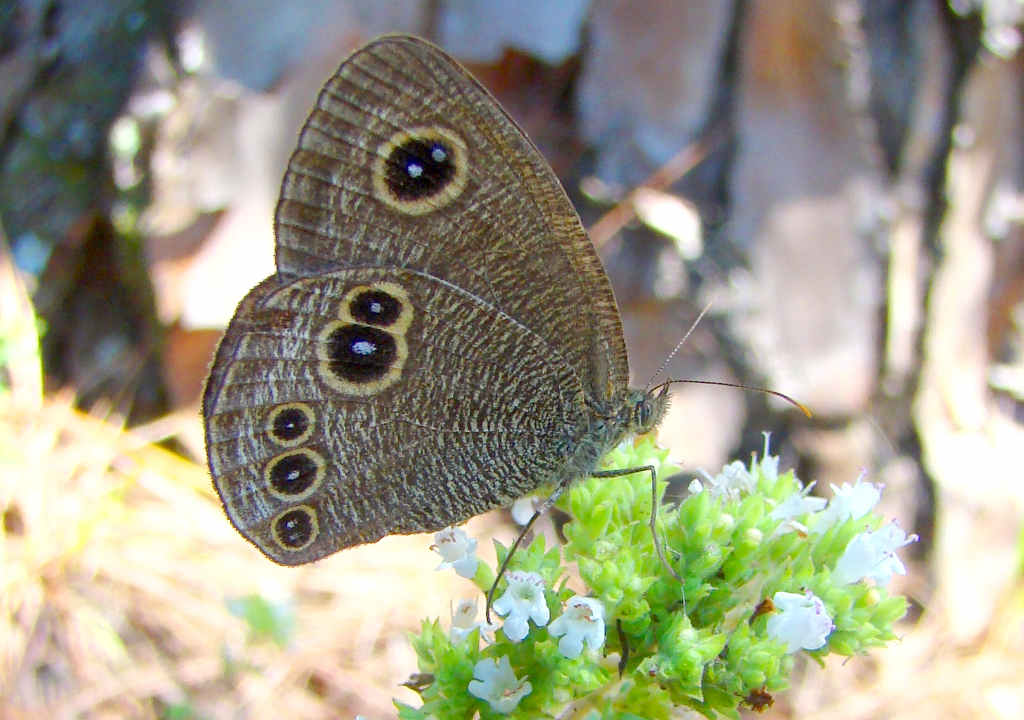
Ypthima baldus (Common Five Ring)
Ypthima baldus, commonly known as the Common Five-Ring, is a subtle yet fascinating butterfly found in the forested and meadow zones of the Great Himalayan National Park (GHNP). This species is easy to recognize by the five distinctive black-ringed eyespots along the edge of its dull brown wings.
| Common Name | Common Fivering |
| Scientific name | Ypthima baldus |
| Family | Nymphalidae |
| Description | It has upper side brown, both fore and hind wing with terminal margins much darker, and generally with more or less distinct sub-basal and discal dark bands. Fore wing with a large, slightly oblique, oval, bi-pupilled, yellow-ringed black, pre-apical ocellus. Hind wing with two postdiscal, round, uni-pupilled, similar but smaller ocelli, and very often one or two minute tornal ocelli also. Underside similar to the underside in Ypthima philomela but the ochraceous-white ground-colour paler, tin-transverse brown strice coarser, the ocelli on the hind wing more distinctly in echelon, two tornal, two median, and two pre-apical, and on both fore and hind wing more or less distinctly defined, sub basal, discal and sub terminal brown transverse bands. Female: Differs on the upper side in having the area surrounding or bordering the ocelli on both fore and hind wing paler, closely irrorated with brown striae, the discal transverse band generally clearly defined, and very often both the tornal, and at least one of the apical, ocelli distinct. On the underside it is paler than the male, and has the sub basal, discal and sub terminal transverse dark bands more clearly defined. Dry season form: Males and females: Upper side very similar to the above, paler; in the female often the ground-colour ochraceous white, closely irrorated with brown striae ; ocelli as in the wet-season form, but those on the hind wing often non-pupilled. Underside also paler than in the wet-season form, the sub basal, discal and sub terminal bands on the whole more prominent; ocelli on the hind wing reduced to mere specks. |



